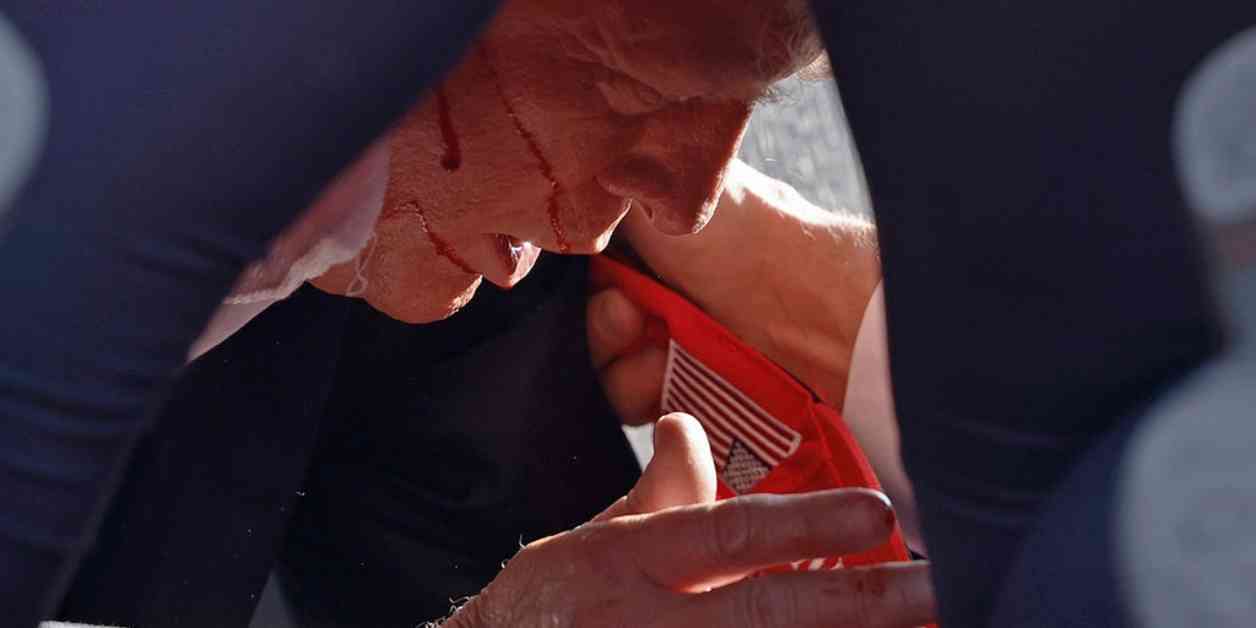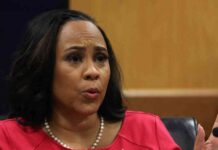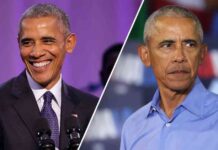Security experts are questioning the lack of security measures taken to secure the building that was used as a shooter’s perch during the recent assassination attempt on former President Trump. The experts are baffled as to why the building’s roof, which provided a clear vantage point for the assailant, was not secured in advance by law enforcement officials.
According to Kevin Maloy, a former special agent with the State Department, the failure to secure the building was a clear oversight. The shooter, Thomas Matthew Crooks, fired his weapon at Trump from a rooftop located about 150 yards away from where the former president was speaking. Crooks managed to pierce Trump’s ear, kill one attendee, and critically injure two others before being neutralized by a U.S. Secret Service sniper.
Maloy emphasized the importance of conducting a thorough security advance to identify potential threats and secure the venue. He questioned why the building, which posed an obvious threat, was not guarded or restricted in any way. The Secret Service has not yet commented on the matter.
Local authorities were alerted to a suspicious individual at the rally, but they were unable to locate Crooks before he climbed onto the roof and opened fire. Experts are puzzled as to how Crooks was able to access the rooftop without being detected.
A former White House advance associate mentioned that it is standard protocol to have security personnel posted on nearby buildings to prevent such incidents. However, it remains unclear why the building in question was left unsecured.
Ken Cuccinelli, the former deputy secretary of Homeland Security, highlighted the Secret Service’s primary role in protecting presidential figures. He noted that while multiple law enforcement agencies collaborate during events, the Secret Service retains authority over the protection of their protectees.
Gary Seidman, a former Green Beret chief warrant officer, criticized the lack of proper assessment and defense of exterior perimeters by the Secret Service. He pointed out that allowing an individual with a long gun to climb a building unnoticed was a significant security failure.
In conclusion, the assassination attempt on former President Trump has raised concerns about the effectiveness of security measures at public events. The incident serves as a reminder of the importance of thorough security planning and coordination among law enforcement agencies to ensure the safety of public figures and attendees.




